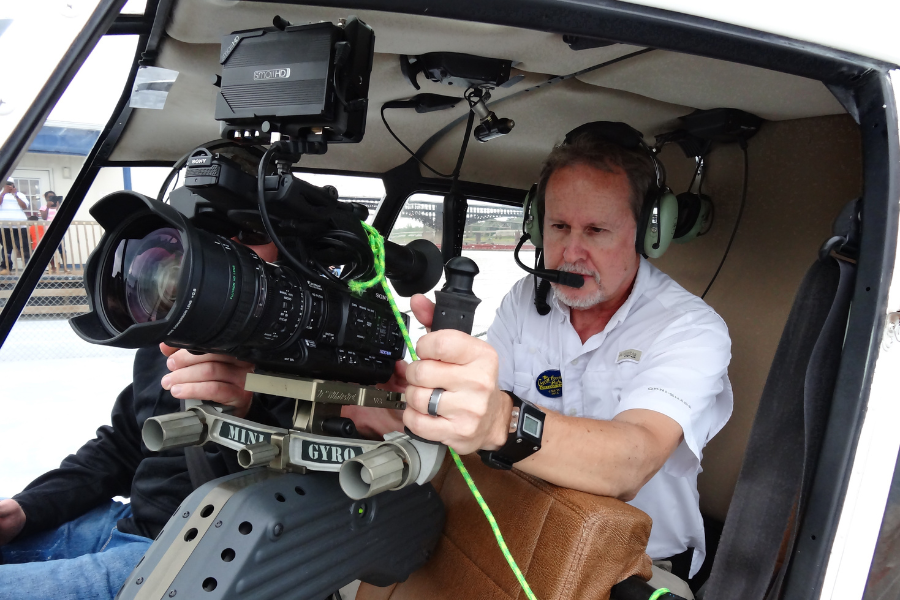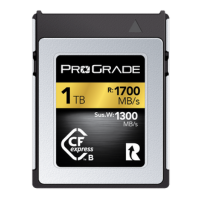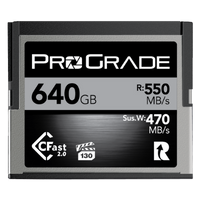Meet Jody Eldred, a renowned filmmaker whose impressive career spans over 50 years. In this dynamic and rapidly evolving industry, Eldred has firmly established his mark through his unique storytelling style and innovative use of technology. Over the years, he has worked on a variety of projects, ranging from documentaries and television series to feature films, and has received acclaim from both critics and audiences alike. His passion for storytelling, coupled with his deep understanding of the technical aspects of filmmaking, sets Eldred apart in the industry.
We had the opportunity to sit down with Jody and engage in a conversation about his career, his gear, and his perspective on the future of filmmaking. Eldred shared his experiences and insights about maneuvering through the industry, the evolution of his equipment, and his thoughts on the transformative impact of digital technology on filmmaking. His answers were as illuminating as they were inspiring, giving us a sneak peek into the mind of a creative genius at work. This conversation is a must-read for anyone interested in the intersection of technology and storytelling.
“It always revolves around understanding what the client wants and then tailoring the technical aspects to align with their specific needs.”
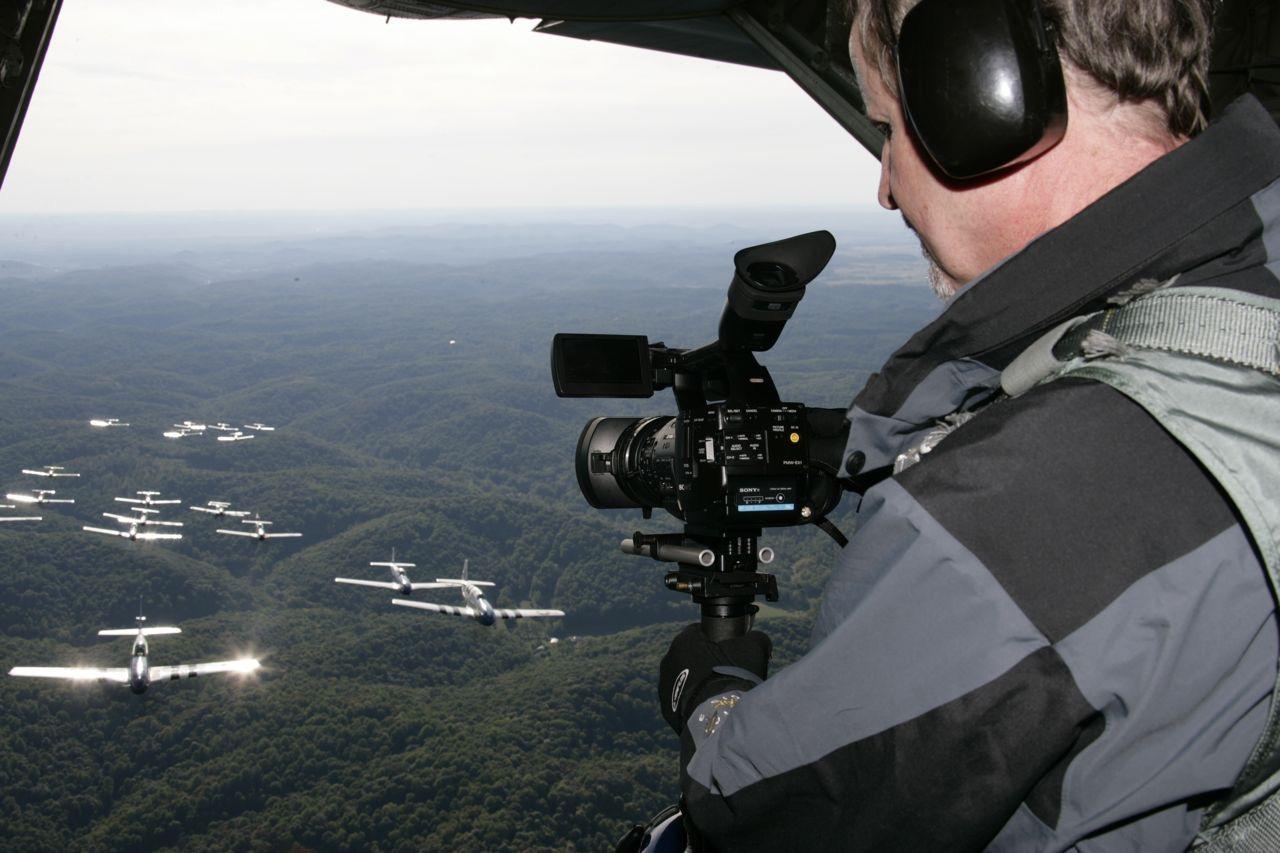
Jody, with such an illustrious career spanning over 50 years, can you share a bit about your initial journey into the world of filmmaking and some standout moments?
I started my career at a church in Louisiana as a camera operator. Over the years, I transitioned from camera work to directing and eventually landed a job at a CBS station, where I covered sports and news. This experience paved the way for me to become a reporter and news photographer.
My career took an exciting turn when I moved to Los Angeles in 1984 and became a member of the Directors Guild. From that point, I embraced the role of a director and often doubled as a cameraman or cinematographer, depending on the project’s requirements. My work has spanned a diverse spectrum, including documentaries, network news, corporate projects, and even episodic TV shows like ‘JAG,’ ‘NCIS,’ and ‘NCIS: Los Angeles.’ I’ve also had the privilege of working on several feature films.
Throughout this journey, I’ve had the opportunity to cover everything from wars and riots to conducting interviews with intriguing figures like Charles Manson. On the flip side, I’ve delved into the narrative world and top-rated television shows. It’s been a fun ride.
The shift from film to digital was transformative for the industry. Could you describe how this change influenced your approach to filmmaking?
When I started my career in television, I witnessed a significant turning point on my very first day at the job – my first day on the job was the last day they shot film and the first day they shot video. Since then, my work has predominantly revolved around video production, with only occasional forays into film.
I’ve had the privilege of working with various video formats over the years, starting from the days of three-quarter-inch and one-inch tapes, and progressing through formats like beta cam and digital beta cam. However, the most transformative change occurred when the industry transitioned to recording in ones and zeros on solid-state media. This shift not only streamlined the production process but also elevated the overall quality of our work. My role changed for the better. I think everybody’s did.
Throughout my career, the choice of recording media has played a pivotal role in shaping my decisions regarding camera equipment and technology. Whether it was the era of videotape or the current landscape of solid-state media, the quest for optimal quality has always driven my choices.
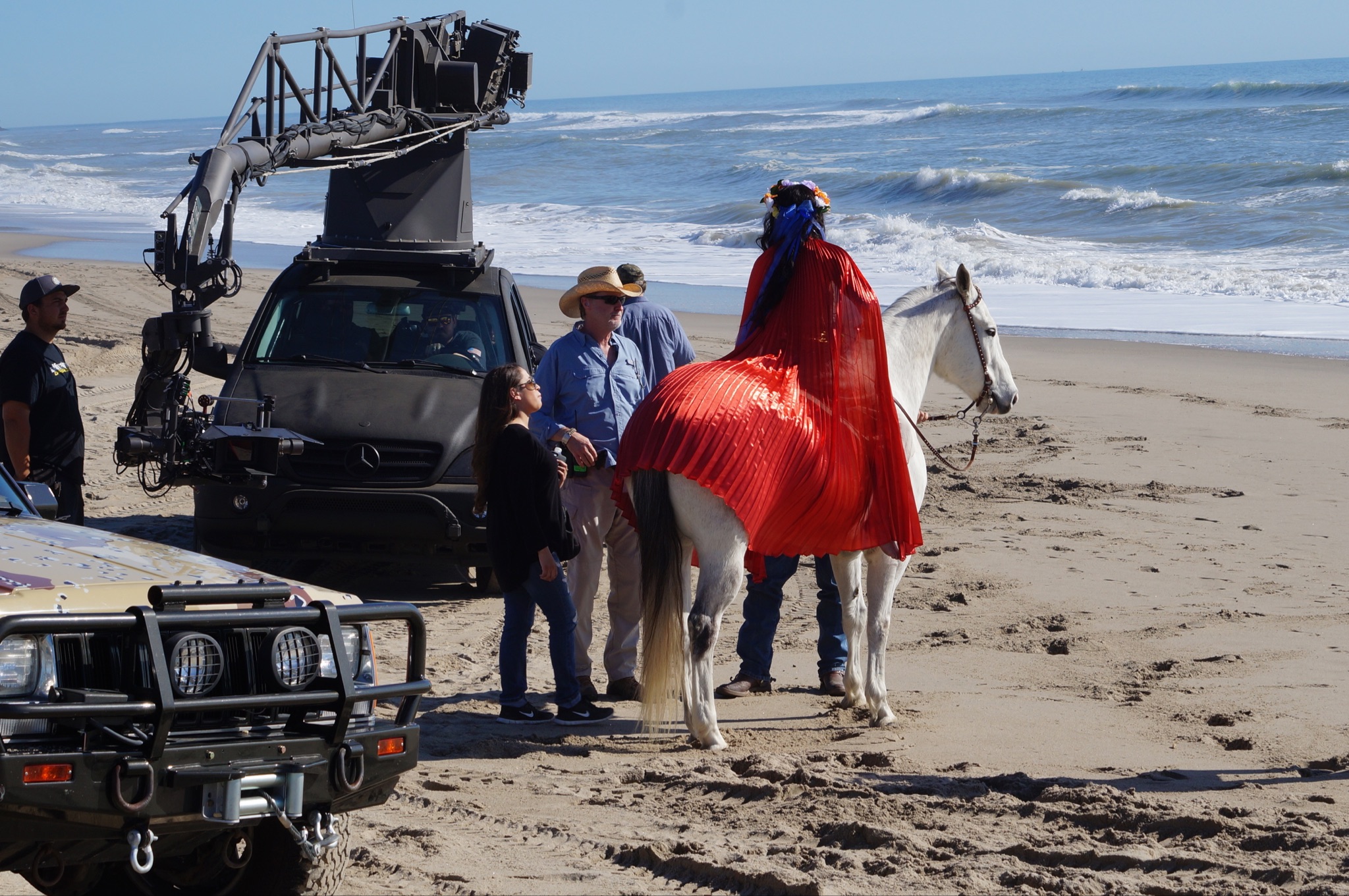
How do client preferences shape your decisions regarding equipment and media choices?
It always revolves around understanding what the client wants and then tailoring the technical aspects to align with their specific needs.
For instance: Do they prefer files in digital format or are they more comfortable with traditional tapes like beta cam? Are they looking for a media format that offers a lot of post-production flexibility, such as raw or log images? These client-driven factors play a significant role in determining the camera, codec, and recording media that we choose for a project.
If I were to make the decision solely based on personal preference, I’d almost always opt for higher resolution and shoot in raw. However, filmmaking is collaborative, and it’s important to align my choices with the client’s vision and requirements.
In the past, clients like news organizations had specific preferences, such as beta cam or beta cam SP, and then we transitioned to high definition. They also had preferred camera models. Therefore, it’s an ever-evolving journey where the pursuit of better camera quality, capture, and media aligns with the evolving demands and expectations of clients in the industry.
You’ve been associated with brands like Sony and Blackmagic Design. How do you decide which camera to use for a project?
I was a camera tester and presenter for Sony for about 15 years and with Blackmagic Design for the past six or seven years. However, I maintain a brand-agnostic approach when it comes to choosing the right camera for a project. My ultimate goal is to use the tool that best suits the specific requirements of the job at hand.
I had the privilege of introducing the Sony Venice when it was launched. At the same time, I owned a variety of Blackmagic Design cameras and used them extensively. I choose the cameras that offer the highest level of performance and functionality for a given project. Whether it’s Sony, Blackmagic Design, or any other brand, the decision is driven by the project’s unique demands, ensuring that we consistently deliver the best possible results.
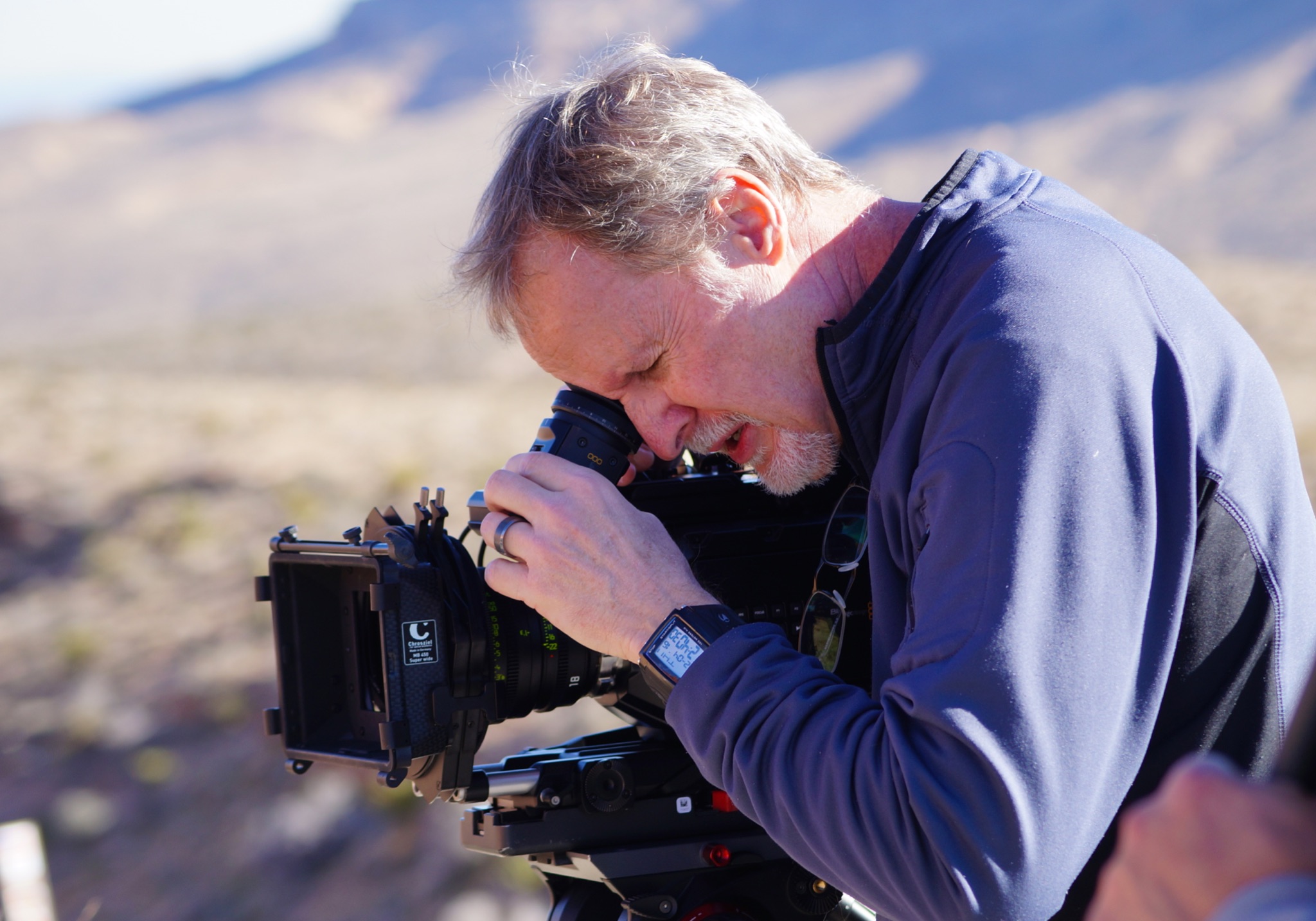
How important is the choice of recording media in production, and do you have any specific preferences?
Recording media is often overlooked in the production process, but it is undeniably important. Many people will opt for the cheapest available media card, thinking it will be good enough. This can be a grave mistake. If you saved $10 on a certain media card, and now you’ve got to go reshoot $20,000 worth of production – if you even can – that’s just foolish. Prioritizing reliability over cost is a no-brainer in my view.
I’ve used a wide range of media cards, and for the past several years, I’ve found ProGrade Digital to be the most dependable option. Whether I’m working on feature films, narrative projects, or documentaries in challenging environments like the jungles of Uganda, where reshooting is impossible, ProGrade Digital has consistently proven to be rock-solid and reliable.
One standout feature of ProGrade cards is that they specify their sustained write speeds. Unlike other brands that might advertise burst speeds, ProGrade Digital ensures that their cards can sustain the necessary write speeds demanded by video and cinema production. This is absolutely necessary because, in the world of video, we need cards that can reliably handle continuous data writes at the frame rates our cameras require. Without it, recording quality footage becomes a significant challenge.
How does the role of a Data Wrangler or DIT factor into larger productions, and how do these roles compare when working on smaller crews or documentaries?
In larger productions, someone responsible for managing and safeguarding data is significant due to the volume of the footage generated. A Data Wrangler or a Digital Imaging Technician (DIT) is often part of the crew. Their primary responsibilities include handling media cards, offloading data, and ensuring proper backups.
When working with smaller crews, particularly in documentary filmmaking, the dynamics change. In many cases, it falls upon the cinematographer or a team member to manage data. And you have a couple of options: One is to carry a substantial amount of media with you, or carry less media and have your computer with you for on-the-go offloading and backups. That’s the way I like to travel.
Data management is a critical aspect of production, whether on a large set with a dedicated crew or on smaller projects where we wear multiple hats.
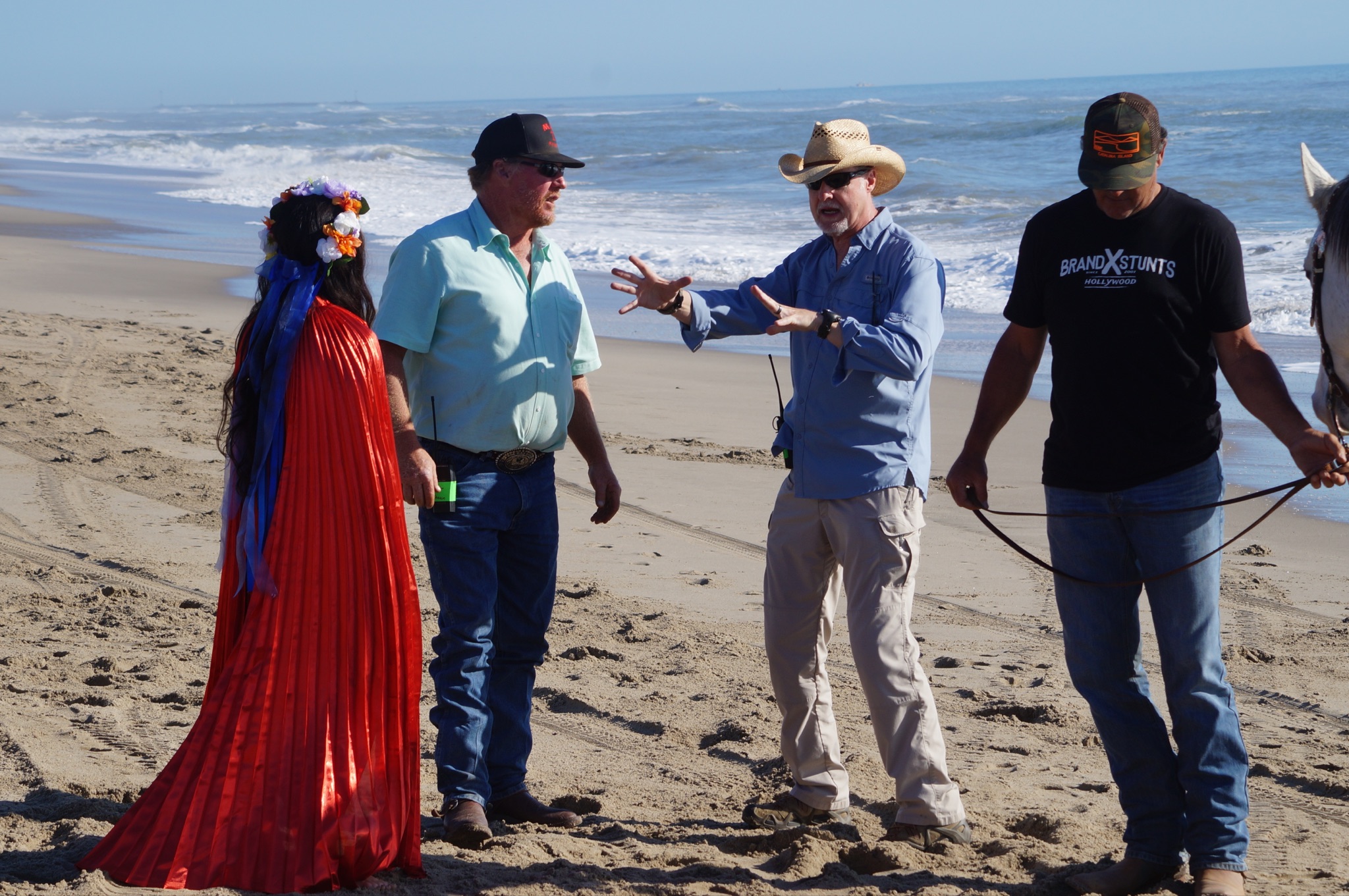
In determining the workflow of a production, how important is it to consider the final product and its viewing platform?
When it comes to workflow, you first have to think about the very final product – starting with a clear understanding of where and how the content will be seen. Whether it’s the big screen, mobile devices, computers, or home televisions, this decision shapes the entire production process.
Once we ascertain the intended platform, be it theatrical, mobile, or streaming on platforms like Netflix, we can then work backward to determine the optimal camera and equipment needed for the project. This kind of reverse engineering process ensures that the production aligns seamlessly with the expectations and technical requirements of the chosen viewing platform, resulting in a tailored and impactful end product.
What considerations are there regarding shooting formats and grading depending on the time and budget constraints of a project?
You ask yourself things like whether shooting in 6K or 8K resolution is necessary or if RAW format is the way to go. What kind of codec do we want to shoot? How much time is there for color grading? These decisions are closely tied to the resources available and the constraints we face. If the budget is accommodating and there’s ample time for post-production, opting for higher resolutions and RAW or log formats allows for greater flexibility during the grading process.
However, in certain scenarios, such as the fast-paced realm of TV news, time is of the essence. In such cases, shooting in formats like rec 709 becomes imperative, as the footage needs to be broadcast-ready without a lot of post-processing.
Ultimately, the choices regarding shooting formats and grading must align with the project’s intended end product. This involves reverse engineering the workflow, starting from the final destination and working backward. By doing so, we ensure that the technical decisions are in harmony with the available time and budget.
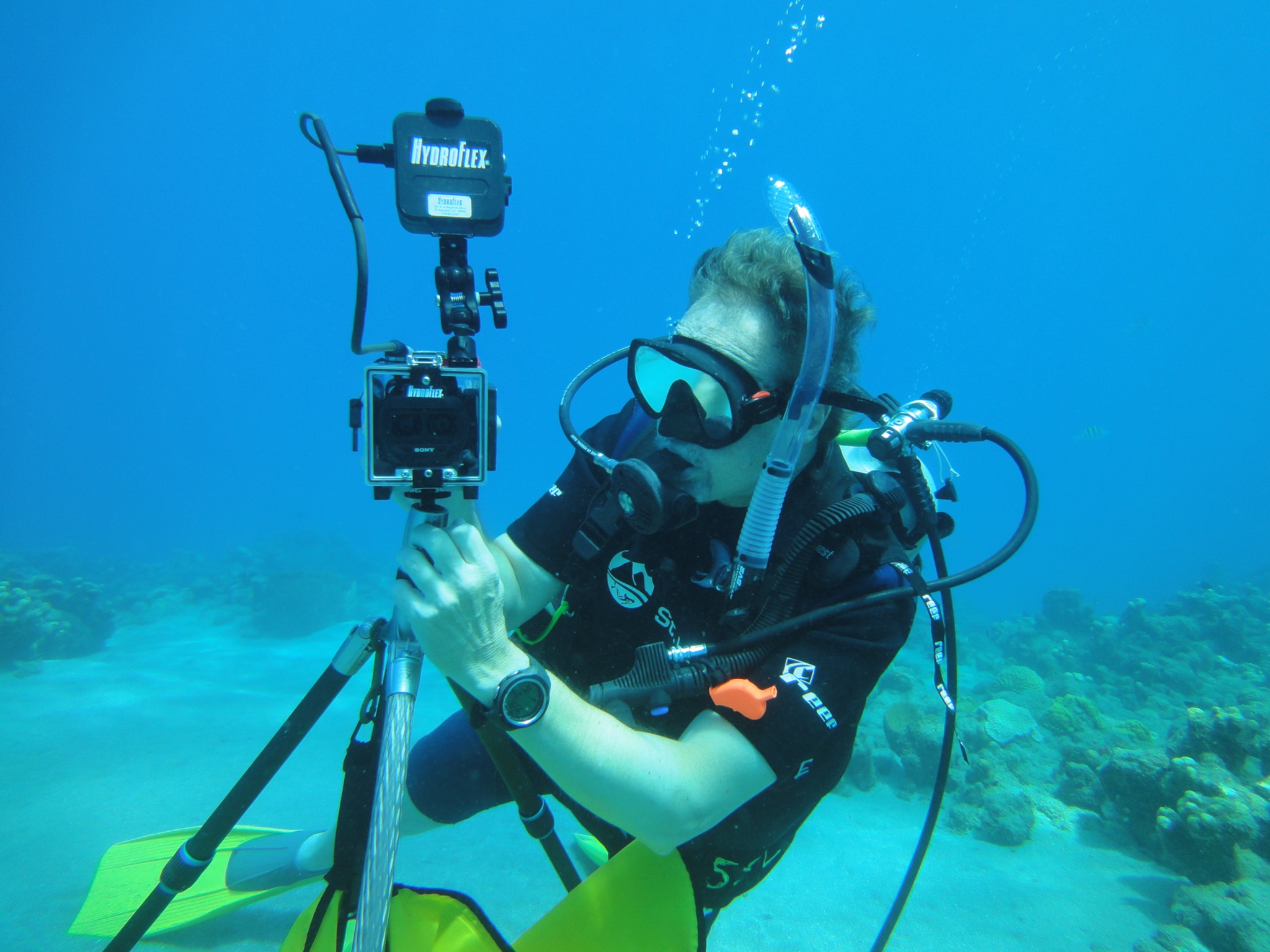
What are your views on changing cards frequently during shoots, and what precautions do you take to ensure data safety?
Changing cards regularly during shoots is a precaution I firmly believe in. I aim not to fill a card beyond half or three-quarters of its capacity to minimize potential losses in case of card issues or loss. This way, even if a card is misplaced, I don’t lose an extensive amount of material. While I haven’t experienced data corruption with ProGrade cards, the physical loss of a card can be a significant setback. Therefore, I prioritize card changes as a safety measure to safeguard valuable footage.
With the increasing accessibility of filmmaking tools, how do you perceive the distinction between a professional and an amateur, and what is your outlook on the democratization of the industry?
Nowadays, you can find cameras under $3,000 that can outperform some of the $100,000 cameras from the past. This democratization has extended to editing as well, with free versions of software like Resolve offering excellent color grading capabilities.
While these advancements have opened the doors for many aspiring filmmakers, it’s important to clarify that owning equipment doesn’t automatically make you a professional. What it does do is provide an opportunity to enter a world that was once exclusive to very few. What’s truly exciting is that numerous talented and motivated individuals aspire to be great storytellers, and now they have access to the necessary tools.
Certainly, with this democratization, some might not be suited for the craft, but the saying that “the cream rises to the top” holds. Plus, this accessibility raises the industry’s overall standards and fosters creativity. Everyone now has a chance to contribute, making it an exciting time for filmmaking.
Final Thoughts
As we wrap up this conversation with Jody Eldred, the overarching theme that emerges is the intersection of technology, creativity, and adaptability in the filmmaking process. From the importance of data management to the strategic thought process in determining the workflow of a production, Jody’s insights offer a window into the complexities of the industry. In this ever-evolving landscape, making informed decisions on shooting formats, grading, and data safety measures is vital, recognizing that the end product and viewing platforms largely drive these choices.
The democratization of filmmaking tools is another significant shift, transforming the industry and blurring the lines between professionals and amateurs. While this access to advanced technology opens avenues for aspiring filmmakers, it’s important to note that the art of storytelling and creative vision remains at the heart of the craft. The future of filmmaking, as Jody suggests, is one that embraces this democratization, fostering a diverse and inclusive landscape where talent and creativity can truly shine. It’s indeed an exciting time for filmmakers – seasoned professionals and budding enthusiasts alike. Their adaptability to technology and relentless pursuit of storytelling will continue to shape the industry in unforeseen ways.
